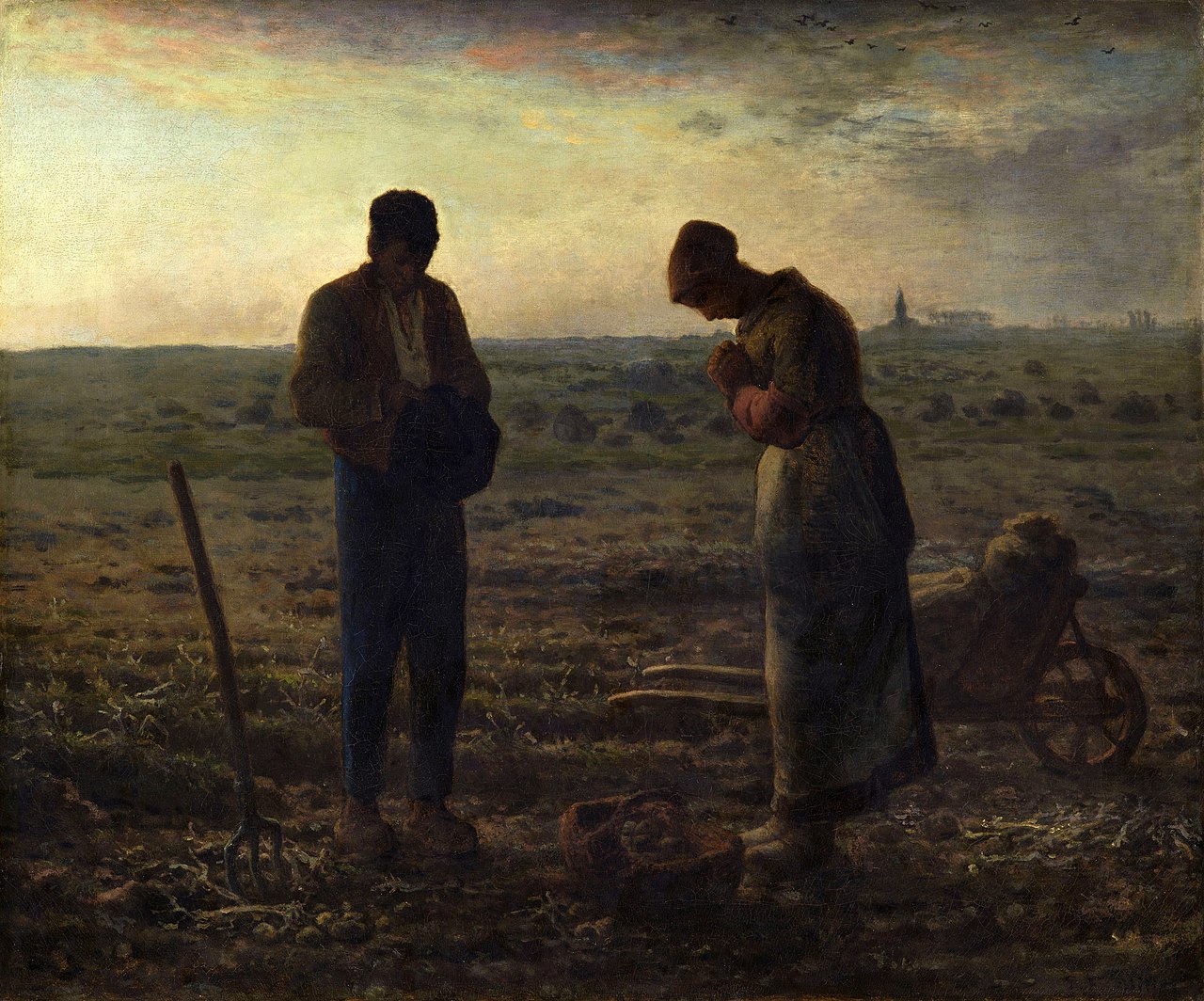I thought the discussion around senses and imagination we had last time was quite interesting. There is certainly something about the primacy of visual sensory experience and the power-balance of the senses – what influence does that have on the freedom of interpretation and imagination? I want to relate this to a reading I happened upon the other day, about a part of a new exhibit at the Dali museum in Florida. It was about how they have extended Dali’s oil painting Archeological Reminiscence of Millets Angelus into an immersive virtual reality environment that should give visitors a totally new, greater, experience by re-mediating this old classic.

The museum promotes the virtual reality world of the painting as a way for visitors to walk into the artist’s dream. It can be previewed here (note that you can change your perspective by grabbing and dragging your mouse while playing the video):
Supposedly the experience must be quite different when mediated through proper VR-gear. I certainly hope so because the preview leaves me rather indifferent. I feel as though they have flattened the 2D-image by encoding a third dimension into it. Sure, that’s contradictory, but precisely how a movie merges all imaginary visuals of a literary story into a uniform, shared “truth” does this extension of an image tear down the infinite variations afforded by the freedom to interpret the original. I would have no problem with this, in fact I would probably be awed, if the depicted scene was from the real world; because the more complete an image is, the closer it is to the depicted reality. And if there is a beautiful place on earth I want the closest possible experience to actually being there and seeing it with my own eyes. But in this case, there is no reality. There is only an imaginary place that Dali invites us to explore with our own minds.
Extending this line of thought, the original artwork augmented into this virtual reality display lends itself as the perfect example to my point. As given away by its title the painting is one of Dali’s many re-imaginations of Jean-Francois Millet’s The Angelus from the 19th century. It was a popular painting around the time of Dali’s childhood and he has described how he processed it by making up numerous background stories for the man and woman in the painting. He also re-imagined their world or placed them in new worlds through day dreams for quite some time. Eventually he found himself in the desolate realm that can be seen in this painting, where the man and woman from Millet’s painting have been transformed into these immense statues.

Certainly we are no Salvador Dalis, but we can all use our imagination to fill out voids in a story. And I think that is the problem I have with the virtual reality of Archeological Reminiscence of Millets Angelus, it limits my freedom of interpretation and inhibits my imagination. In my mind the 2D version has more depth than any in 3D.
Add yours Comments – 2
Carl–I really agree that such interpretations can have the function of flattening and limiting a viewer’s subjective experience of artworks. What would Dali think of this version? Just because we have the tools to create such visualizations and interpretations, should we do it? Does it diminish or augment the aura of the original?
Thank you Carl. I enjoy seeing François Millet’s original painting and Dali’s reminiscence, side by side. The process of transformation is fascinating. And I agree that the VR version on the other hand falls rather flat.
I was thinking that what you describe parallels Marshall McLuhan’s opposition between hot and cold media, in “Understanding media – Chapter 2: Media hot and cold”:
– “A hot medium is one that extends one single sense in ‘high definition'” and does not “leave much to be filled in or completed by the audience” (p. 39).
– a cool medium by contrast, is “low definition” and transmits less information (p. 39).
The comparisons then serve his argument that a hot medium is much less participatory than a cool one. The irony is that what he calls hot, we might call “cool” nowadays (in the sense of being catchy).